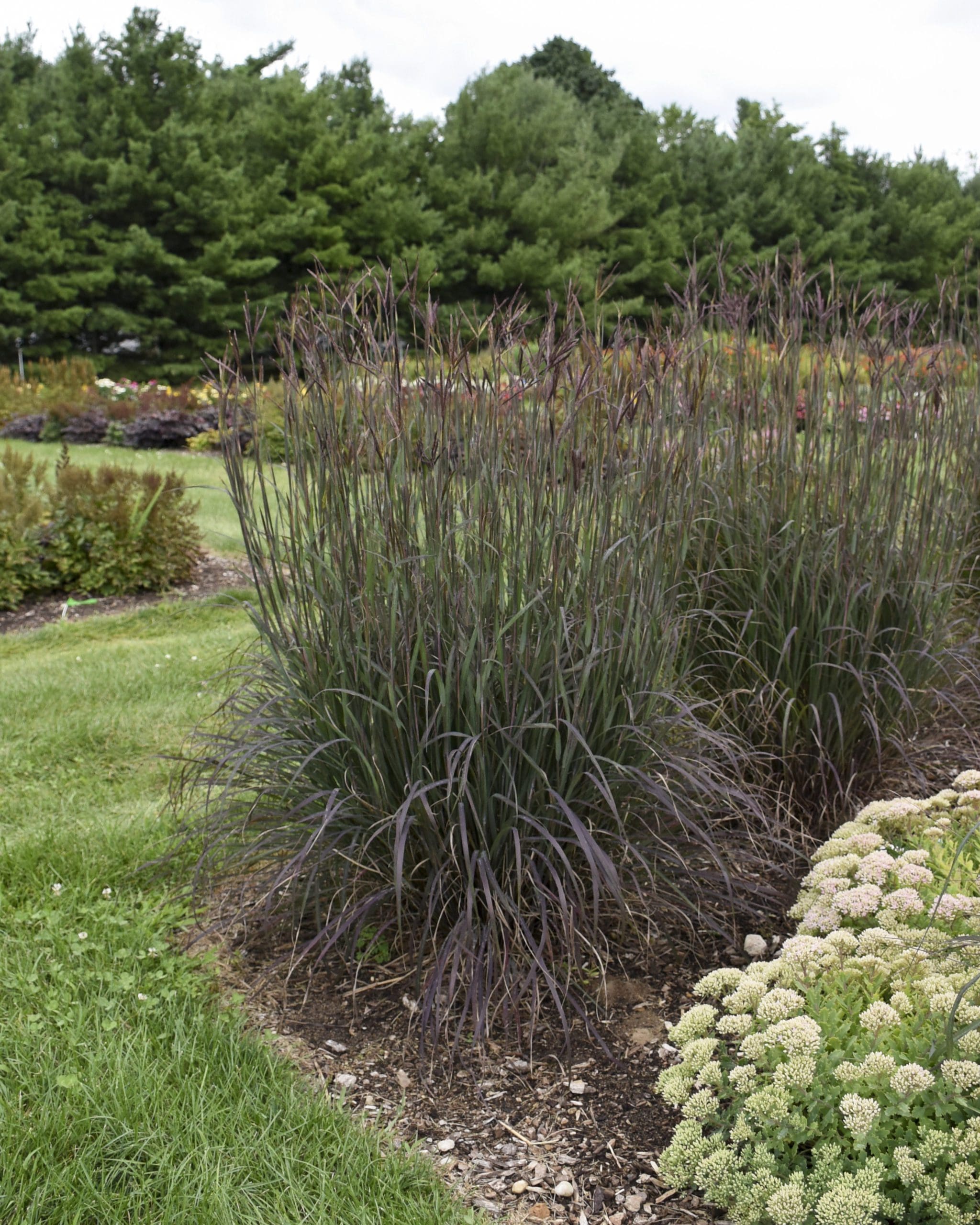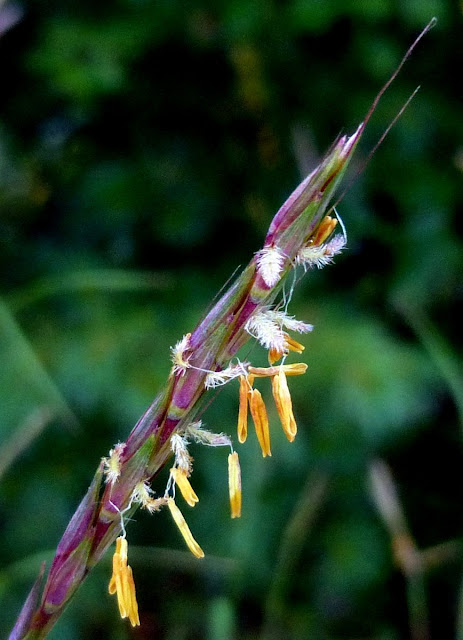

Perennials and spring-planted bulbs are shipped at the proper planting time for your hardiness zone. Please open upon receipt and follow the instructions included. All perennials and spring-planted bulbs are packaged to withstand shipping and are fully-guaranteed. The ‘Plant Information’ section describes how that item will ship. Some perennials are shipped as potted plants, some as perennial roots packed in peat. You will receive a second email the day your order ships telling you how it has been sent. ***Click on the “Quick Plant Facts” tab above for more information.As soon as your order is placed you will receive a confirmation email. Prairie Restoration: Used extensively in prairie restoration projects primarily because of its adaptation to a diversity of sites, drought tolerance, growth habit, and wildlife appeal. This is a prairie grass for the garden that is truly exceptional in mass plantings. Landscaping: With its blue-green leaves during the growing season and attractive rusty color with white fluffy seed heads in the fall, little bluestem is useful in ornamental plantings. Little bluestem is becoming more popular for home landscaping because it is a colorful and easy-care addition. Frost accents the plants and the reddish tint provides color during the winter. The plant provides cover for ground birds and small mammals. Little bluestem is one of the best grasses for nesting and roosting habitat. Wildlife: Songbirds and upland gamebirds eat Little Bluestem. Deep-rooted, and somewhat slow to establish from seed. Especially well-suited for use on thin upland range sites. Crude protein is 12 to 14 percent in May, dropping off considerably in July through September to less than 4 percent.Įrosion control: Because of its growth habit and adaptability to a wide range of soil conditions, little bluestem is useful as a component of revegetation mixes. It is rated fair for cattle and horses, but is usually too coarse for sheep and goats. This species provides fair to good forage while young. Pasture/range/hayland: Little bluestem (Schizachyrium scoparium) is a fair forage species and is readily grazed by livestock, deer, and elk. Seedings should be made as early as possible in the spring on sands and gravels, without mulching. Plant 1/4 to 1/2 inch (3/4 inch on very droughty sites). When the seed is broadcast, best results can be expected when a packer is utilized to firm the seedbed. The seeding rate for establishing a pure stand with broadcast or no-till methods should be 7 to 12 pounds PLS per acre. Where no-till is used due to slope, stoniness, or other reasons, sod control should be performed in the fall to permit early spring planting. Little bluestem (Schizachyrium scoparium) should be seeded as early in the spring as possible. It is found in areas receiving 10 to 60 inches of mean annual precipitation and plant hardiness zones 3 to 9. Also occurs on limey subirrigated sites and in prairie fens. Typically occurs on dry upland sites, especially on ridges, hilltops, and steep slopes.

As a warm season grass it begins growth in late spring and continues through the hot summer period until the first killing frost. It grows from 1 to 3 feet tall with culms slightly flattened. Plants vary in height, color, length of leaves, flowering, and clump diameter. Distributionīecause of this broad distribution, little bluestem exhibits significant ecotypic variation. It begins growth in late spring after cool-season species have already developed. It grows preferentially on sites with pH 7.0 and slightly higher. The plant has excellent drought and fair shade tolerance, and fair to poor flood tolerance. It will grow on a wide variety of soils but is very well adapted to well-drained, medium to dry, infertile soils.

One of the most widely distributed native grasses in North America. Found throughout the lower provinces of Canada and all states of the U.S., except Nevada and Washington. Little bluestem (Schizachyrium scoparium) is a tufted, warm-season, perennial grass broadly distributed and native to the U.S.


 0 kommentar(er)
0 kommentar(er)
